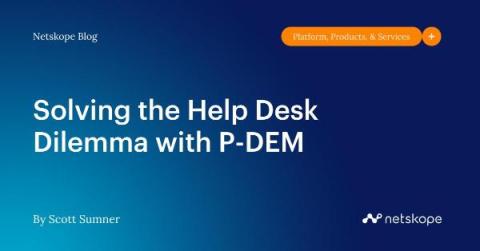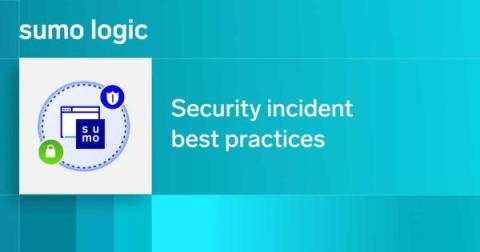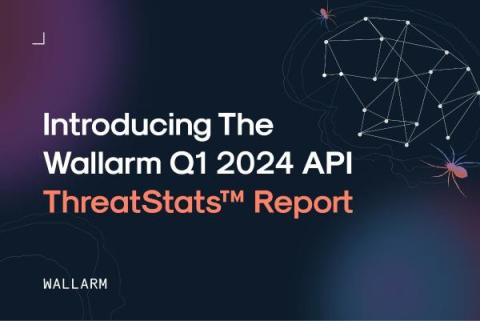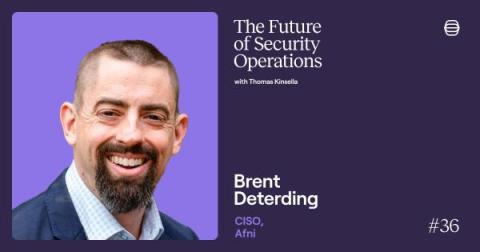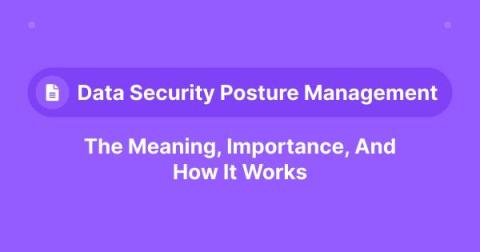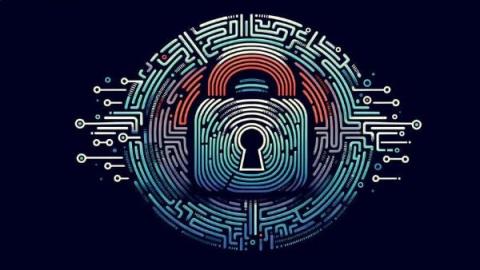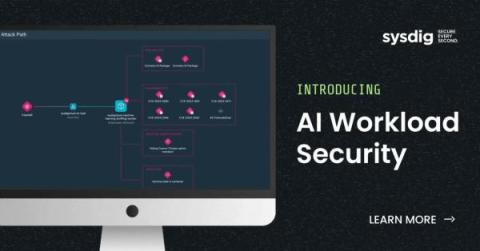Solving the Help Desk Dilemma with P-DEM
Leaders and agents running enterprise help desks today are in a very tough spot. They are tasked with resolving a dramatically increased volume of tickets, yet lack the visibility and tools needed to do so. Overwhelmed and often unable to do their jobs effectively, help desk professionals inevitably fall back on guidelines and rules of thumb that are simplistic and don’t reflect the complexity of a hybrid, digital workforce. Time is then wasted trying remedies that don’t produce results.


